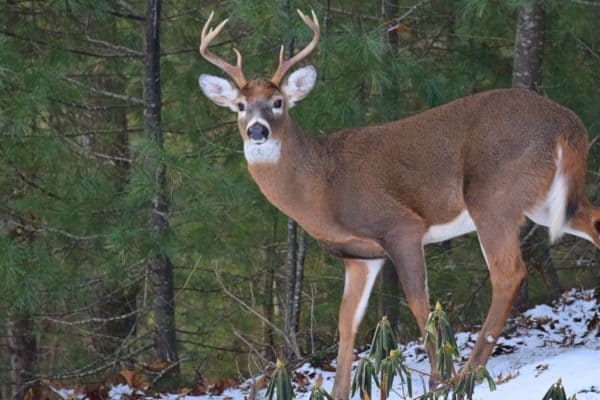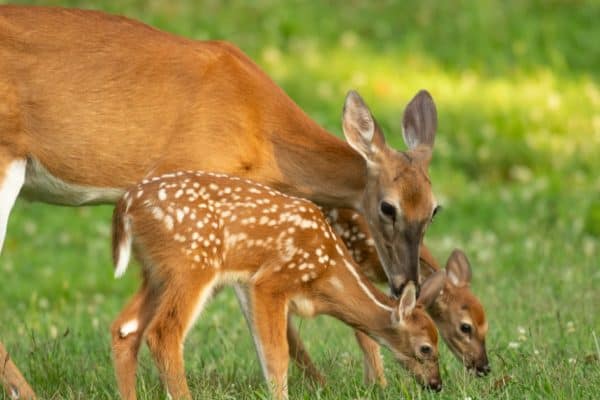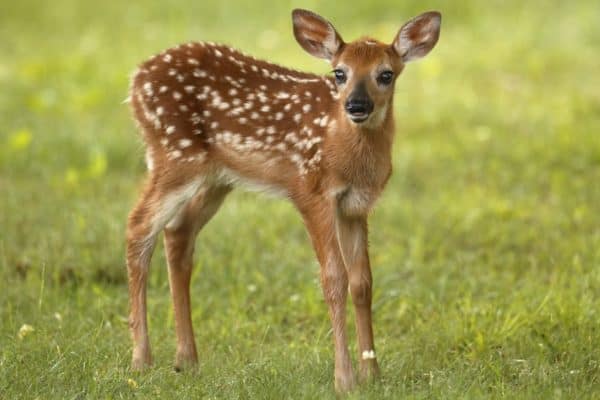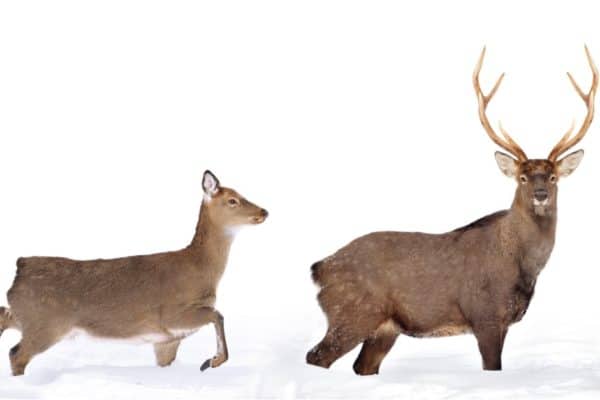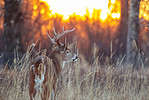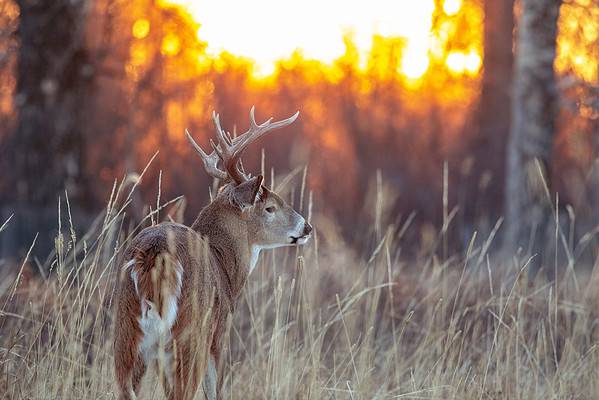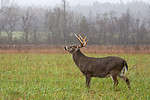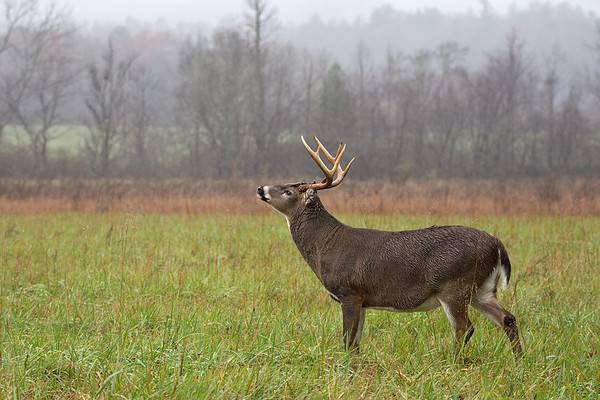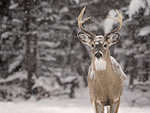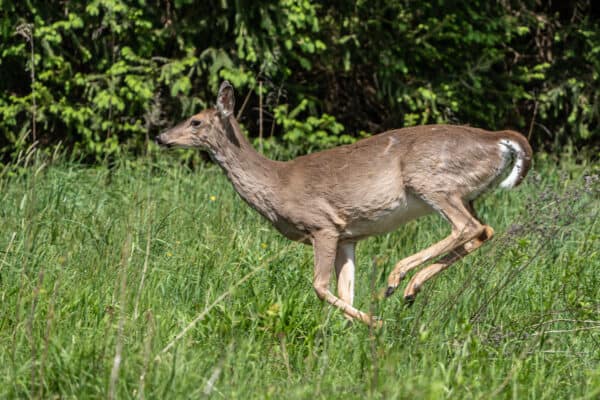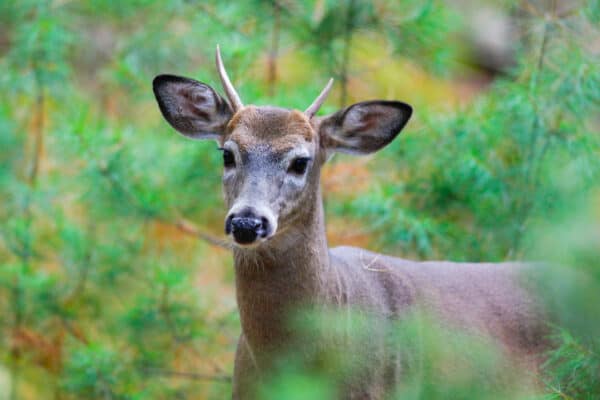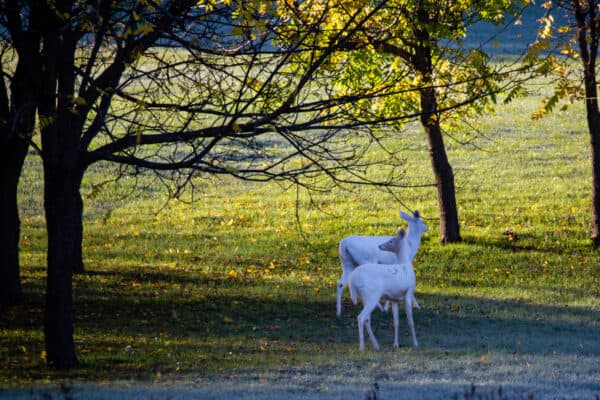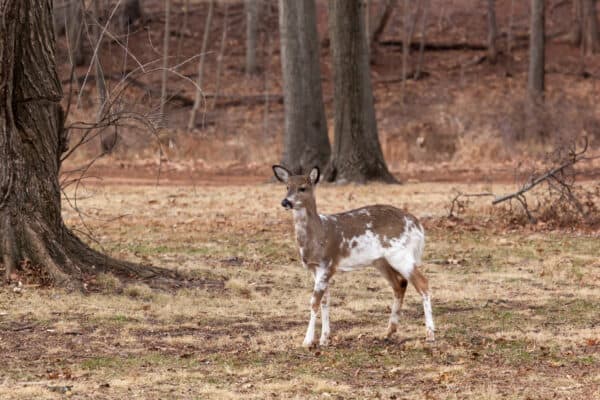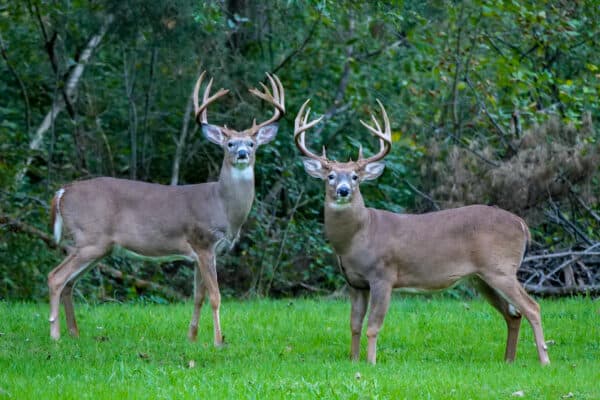Welcome to the White-Tail Deer Quiz: What Do You Know? Test your knowledge and discover fascinating facts about the majestic white-tailed deer, a captivating creature found across North America.
These graceful animals are known for their iconic white tail and impressive antlers, making them a favorite subject among wildlife enthusiasts.
Whether you’re a seasoned deer enthusiast or just curious to learn more, this quiz will challenge your understanding of white-tailed deer behavior, habitat, and unique characteristics.
So, let’s embark on this exciting journey and see how well you know these remarkable creatures of the wild!
Interesting Facts About White-Tailed Deer
White-tailed deer, the iconic inhabitants of forests and meadows, are fascinating creatures with a rich array of captivating traits and behaviors.
From their distinctive feeding patterns during dawn and dusk to their exceptional senses of sight and hearing, white-tailed deer exhibit remarkable adaptations for survival.
Here are some interesting facts about white-tailed deer:
- White-tailed deer feed during the early morning and evening hours.
- White-tailed deer possess keen eyesight and hearing abilities.
- Antlers, which are shed annually, are exclusive to male deer.
- White-tailed deer exhibit proficient swimming skills, utilizing large bodies of water as a means to evade predators.
- The term for a young white-tailed deer is a fawn.
Evolution and Origins of White-Tailed Deer
The white-tailed deer, scientifically referred to as Odocoileus virginianus, and commonly known as the whitetail or Virginia deer, is a deer species of medium size. It is indigenous to various regions of the Americas, including North America, Central America, and South America. Its habitat extends as far south as Peru and Bolivia, primarily occupying the elevated mountainous terrains of the Andes.
Whitetail deer have evolved from a closely related species called Odocoileus brachyodontus, which existed approximately 3.9 to 3.5 million years ago. While O. brachyodontus differed in terms of teeth and antler characteristics compared to O. virginiana, both species shared many similarities in their overall features and behaviors.
It is thought that deer trace their evolutionary origins back to tusked ancestors without antlers, resembling smaller deer and duikers, during the early Eocene period.
Over time, they underwent a transformation and gradually evolved into the first antlered cervoids, a superfamily that encompasses modern cervids and related extinct families, during the Miocene era.
How Long Do White-Tailed Deer Live?
In captivity, the lifespan of a whitetail deer typically ranges from 6 to 14 years. However, in the wild, most deer do not reach this age due to factors such as disease, hunting, and collisions with vehicles. On average, wild whitetail deer have a lifespan of approximately 4½ years, as reported by Lopez et al. in 2003.
The typical lifespan of male white-tailed deer is around 6 years, although individual variations exist, with some living shorter or longer. In comparison, female white-tailed deer generally have a lifespan that is approximately two years longer than males. However, it is worth noting that there are exceptions, and some individuals may exceed these averages.
For instance, a doe in Georgia holds the record for the longest-lived white-tailed deer, reaching an impressive age of 22 years.



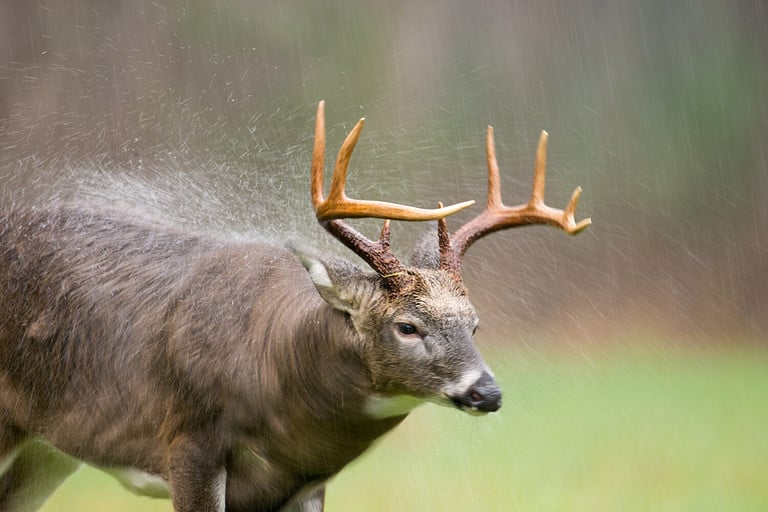

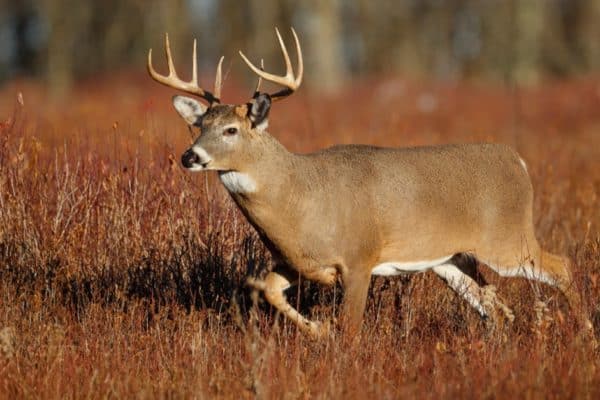
 Paul Tessier/Shutterstock.com
Paul Tessier/Shutterstock.com
